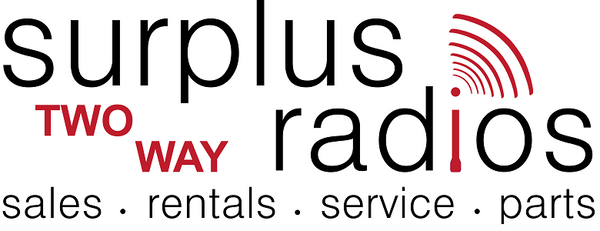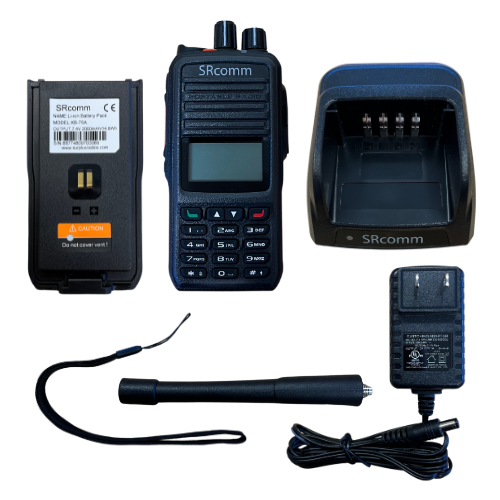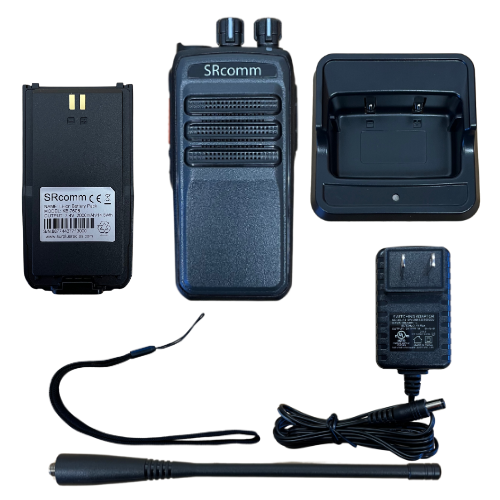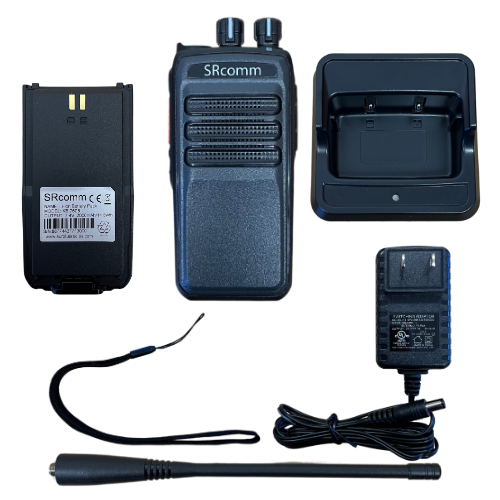Understanding the Difference Between Analog and Digital Two-Way Radios
Share
Understanding the Difference Between Analog and Digital Two-Way Radios
In today's technology-driven world, communication tools continue to evolve, and two-way radios are no exception. Two-way radios come in two primary forms: analog and digital. Each type offers unique benefits and limitations, depending on your specific communication needs. Let's delve into the key differences between analog and digital two-way radios to help you make an informed decision.
Digital Two-Way Radios: Enhanced Clarity and Functionality
Digital radios are known for their ability to handle obstructions more effectively than their analog counterparts. This capability is due to the technology used to digitize voice data, which although introduces a slight transmit latency, significantly enhances overall communication clarity. Digital radios offer a slew of programmable features that are invaluable in a professional setting. These features include private calling, which allows for direct communication between two users, and contact lists that streamline the process of connecting with multiple team members.
Moreover, digital radios provide cleaner speaker output. This means that the audio you receive is crisp and clear, largely free from the background noise that often plagues analog systems. This clarity is particularly beneficial in noisy environments where clear communication is critical.
Analog Two-Way Radios: Cost-Effective and Simple
Despite the advanced features of digital radios, analog radios still have a significant place in many communication strategies, primarily due to their cost-effectiveness. Analog radios are generally less expensive than digital radios, making them a viable option for those on a tight budget or for organizations that require a large number of units without extensive additional functionalities.
Analog radios are straightforward and reliable, with a simplicity that many users appreciate. They have been used for decades and are well-suited for basic voice communications over short distances. However, they are more susceptible to background noise and interference, which can affect the overall sound quality.
Making the Right Choice
Choosing between an analog and a digital two-way radio often depends on your specific needs, budget, and the environment in which the radios will be used. If your priority is clear, uninterrupted communication with advanced features, digital radios may be the best choice. However, if cost is a significant factor and your communication needs are straightforward, analog radios might suffice.
At Surplus Two Way Radios, we offer a wide range of both analog and digital two-way radios to suit various industries and needs. Our expert team is ready to help you assess your requirements and select the best equipment for your situation.
Discover What Surplus Two Way Radios Can Do For You!
Explore our extensive product line at Surplus Two Way Radios, and feel free to reach out with any questions. Whether you're looking to enhance your team's efficiency or ensure safety with reliable communication tools, our experts are here to assist. Visit us today to find the perfect solution tailored to your needs and see how we can help streamline and secure your communications!






